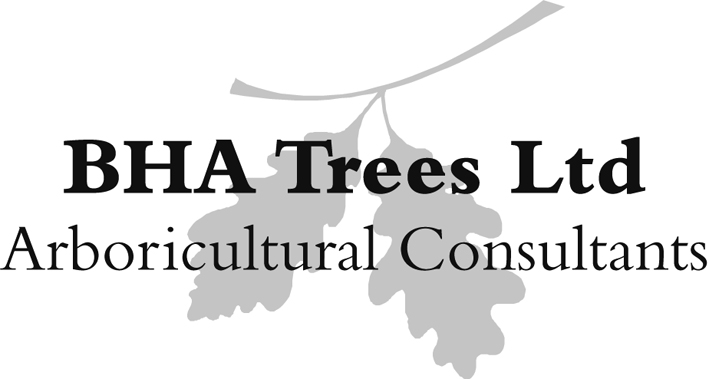Internal Decay Detection Using
Picus Tomograph & IML Resistograph Systems
Early identification of a pest, disease or weakness is essential to ensure that a tree is as safe possible. We assess the health and structural integrity of a tree in various ways using Visual Tree Assessment (VTA), assessing body language and non-invasive techniques to determine internal condition, stability and vigour.
Tree inspections are made from ground level and if there are visual signs of internal dysfunction or decay, further investigations are necessary. We use the latest diagnostic equipment to assess for fractures, cavities or decay so that we can recommend the most appropriate action.
The Picus Sonic Tomograph maps the internal condition of a tree’s stem by measuring the speed that sound travels in a number of different positions and directions. Sound travels fastest through sound wood and more slowly through decayed or degraded wood and the Picus Tomograph interprets this data to produce a visual image of the tree’s internal condition.
The Resistograph uses a very fine micro-drill to penetrate a tree’s tissue, measuring resistance to the probe. Sound wood provides greater resistance than decayed wood, so we can interpret the graph trace to establish the tree’s internal condition. The Resistograph is particularly useful for testing buttress roots and for aerial examination of branches. It is also sufficiently sensitive that it can measure individual annual growth rings.
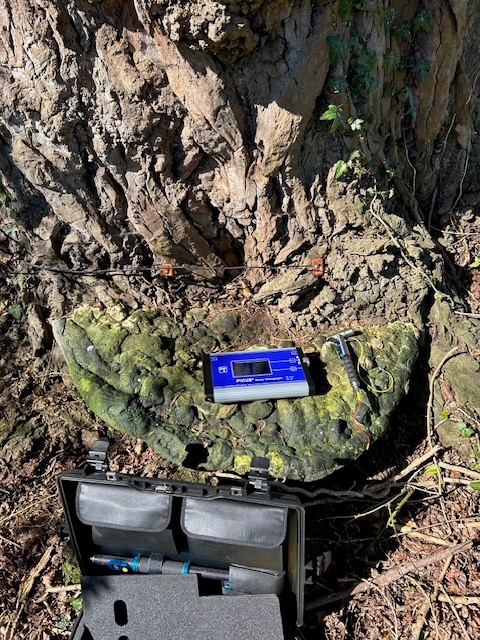
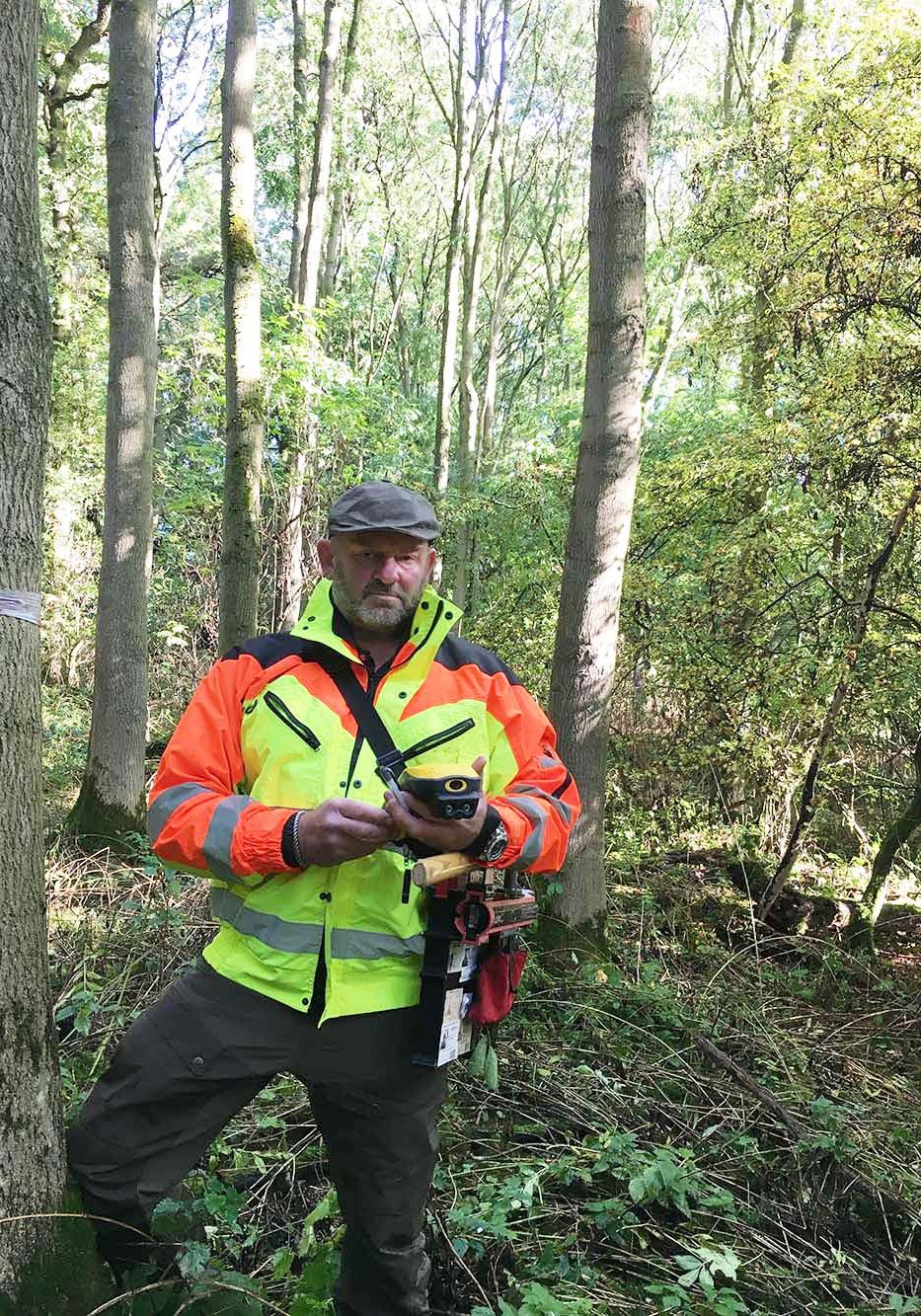
Development Site Surveys
The Pre-Development Survey (BS5837:2012) is the assessment of trees in the development site to identify their condition and potential for retention. Local authorities require this information before any design is initiated. We plot tree locations using GIS technology and calculate Root Protection Areas to produce the Tree Constraints Plan (TCP).
The Arboricultural Impact Assessment (AIA) identifies any conflict between the trees and development, detailing mitigation where possible.
The Arboricultural Method Statement (AMS) sets out the processes required to initiate and manage tree protection areas. This includes a schedule of tree work for both safety and enabling, the position and type of fencing required, any additional surface protection and post development site treatment.
The Tree Protection Plan shows the location of any tree protection measures.
Homebuyer Surveys
This survey identifies the potential risk to properties from trees, thereby allowing an informed decision on the appropriate level of survey required to satisfy the insurance company or lender. It includes a brief health and risk assessment to identify potential direct and indirect threats of injury or damage from defective trees. It identifies where trees are inappropriate to the site, makes remedial recommendations and identifies factors which require more in-depth investigation. In many cases, this preliminary assessment is all that is required.
This approach is cost effective as it ensures that the purchaser is providing their lender with the correct information, therefore avoiding excessive spending where it is unnecessary. Similarly, a brief assessment can be instrumental in identifying where future risk may be beyond reasonable limits, allowing the purchaser an opportunity to withdraw or negotiate before completing.
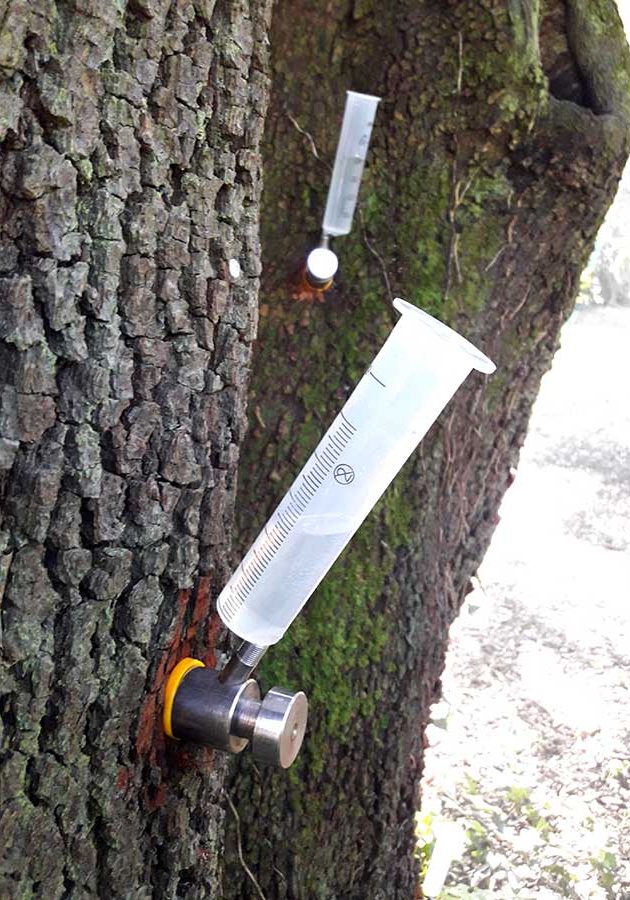
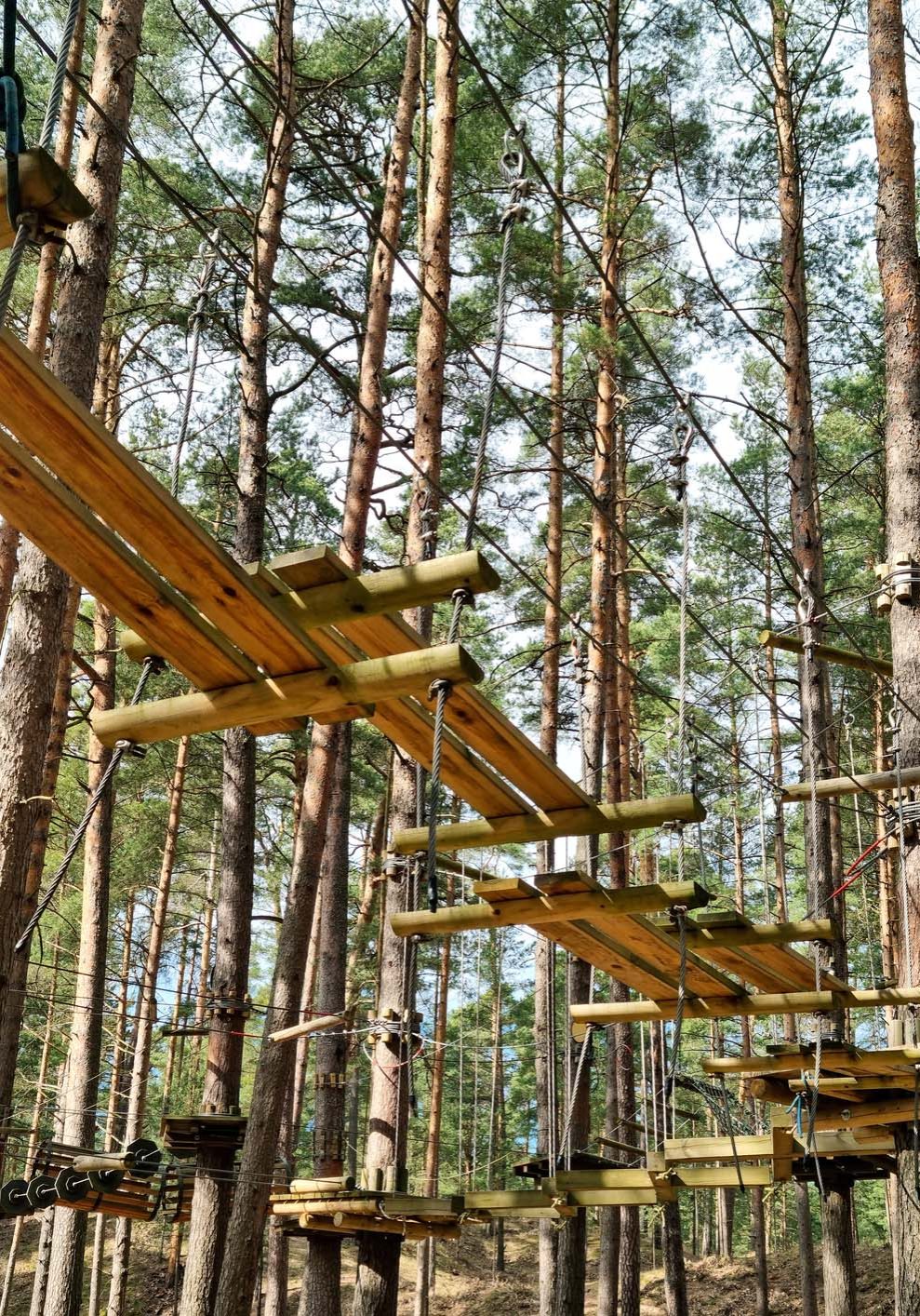
Tree based aerial ropes courses
Adventure activities involving aerial ropes courses often use trees as integral supports for equipment, cables, platforms and activities. Trees are living entities and their health and structural integrity are important as they can be damaged, compromised or destroyed by poorly planned installations. Altering a tree’s natural dynamics can lead to structural damage and ultimately to failure.
Inspection prior to inclusion in a ropes course, and re-inspection in existing courses, is vital for the safety of course users. Careful planning regarding methods of attachment, loading limits, tree aspect and exposure are all essential to ensure safe construction and on-going use.
We assess the tree’s general, physiological and structural health and the potential effects on its natural dynamics. Our full assessment also assesses soil type and depth, rooting habit and extent, stem and crown form (including natural induced loadings) and subsequent shape optimisation.
Our services include:
- Inspection of trees prior to course construction to determine health, structural integrity, suitability and ability of a tree to accommodate expected loadings.
- Inspection of trees in or close to an existing course to assess safety, integrity and longevity of systems and fixings.
- Guidance on maximum load thresholds and heights of attachment, as well as equipment fixing techniques.
- Internal decay detection using the Picus Tomograph and Resistograph systems.
- Resistograph testing of wooden support poles to assess integrity.
There is a British Standard specific to Ropes courses, BS EN 15567-1 and BS EN 15567-2 2007 and LOLER regulations also apply.
